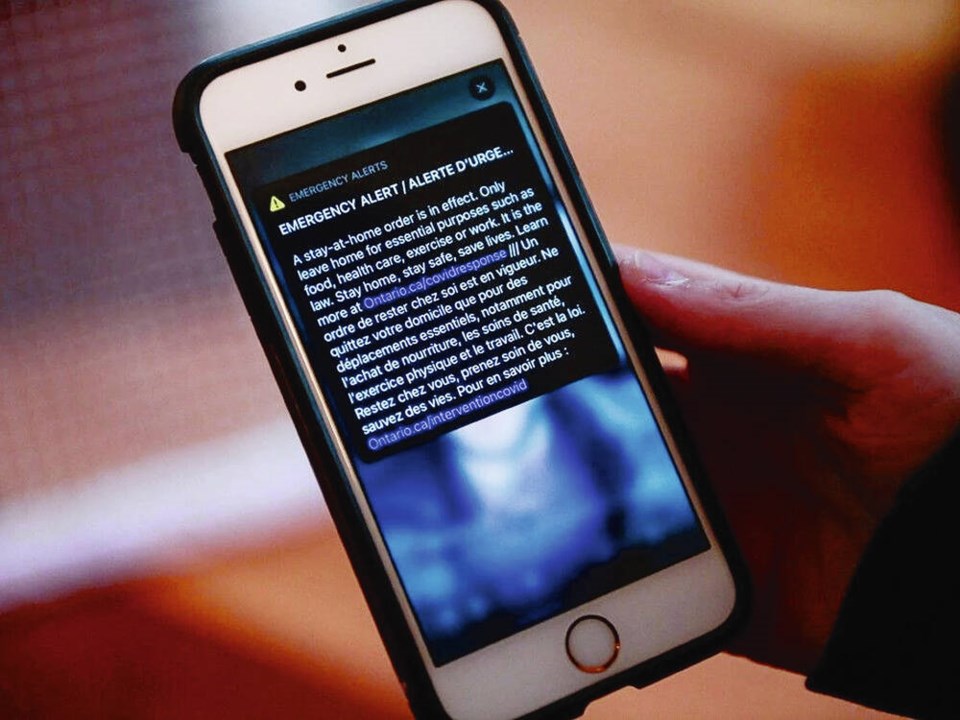Earthquakes occur often in British Columbia, with around 4,000 recorded every year — that’s an average of 11 per day.
Just so we are all on the same page here, an earthquake is a sudden and violent shaking of the ground, sometimes causing great destruction. Fortunately, most of them are quite small, easily confused with “too much coleslaw for lunch.”
Some people say that earthquakes are the result of volcanic action or movements within the earth’s crust, but geologists have no real idea why earthquakes happen. The current science has narrowed it down to one of the following likely reasons:
a) punishment for society being too liberal
b) punishment for society being too conservative
c) plate tectonics voodoo
d) the Jim Pattison Group
While many tremors are too minor to feel, some are powerful enough to cause significant damage. This is why it is critical for us to be prepared and know what to do before, during and after a major earthquake. Forewarned is forearmed!
Hang on… apologies, my legal team has just advised me that the previously stated “F is f!” sentiment does not at all apply in an earthquake situation. But… uh, still… in some, possibly other, situations, forewarned is definitely forearmed!
The important thing for you to know is, this spring marks an important milestone for earthquake preparedness in British Columbia. The federal government has just launched the Canadian Earthquake Early Warning system, which I understand to be some kind of early-warning system for earthquakes in sa国际传媒.
Although this new system cannot predict earthquakes, and does not actually stop the earthquakes, it can or might and maybe should provide valuable milliseconds of warning by detecting seismic activity immediately after an earthquake begins.
Failing that, it for sure will add to the general terror with an upsetting, high-pitched shrieking noise — at least until all the cellphone towers are shaken to pieces.
What happens is the Canadian Earthquake Early Warning system is going to send people in sa国际传媒 alerts through the National Public Alerting System, the same system that loudly warns you at 10:30 at night about a baby being abducted in Richmond by his crackhead mother, even though you are not in Richmond, do not know the baby or the crackhead mother, and have absolutely no agency in the matter, what with you being a long ferry ride away, and in your pajamas.
These alerts will appear on TVs, radios, mobile phones and heavily tattooed young urban creatives (“yuccies”) at local coffee shops. In the case of an earthquake, the alert sent to your mobile phone — I swear I am not making this up — will read:
“Tremblement de terre détecté! Se baisser, s’abriter, et s’agripper! Protégez-vous!
– Ressources naturelles sa国际传媒”
Whatever you do, don’t panic! This baffling message does not mean something heavy, such as the second floor of your home, has dropped on your head. It’s just French, silly!
The English translation reads: “Ground troublement detected! Trees and gripped! Protect you!” which I can tell you makes me glad I paid such close attention in high school French class.
The government of sa国际传媒 says you should immediately drop to the ground when you receive the alert, then seek cover and hold on until the shaking stops or the second floor of your home drops on your head, whichever comes first.
This advice is often presented in a helpful short reminder: “Stop, Drop and Roll.”
Sorry again… the legal folks say no, that applies when you are on fire. It also is appropriate for most thermonuclear blasts, and for when your manager sends you an email invite to a MS Teams meeting to “discuss your work.” Checking my notes… OK, got it: the helpful short reminder for earthquakes is “Drop, Cover, and Hold On.”
Millions of people worldwide will be practising this drop, cover and hold on business on Oct. 17, at precisely 10:17 a.m., during the official “Great ShakeOut” earthquake drill. Unless an actual earthquake happens at that time on that date, which would obviously be very bad form.
Well, I say millions will be doing the drill, but what I mean is more along the lines of “a lot of people” will be somewhat more aware of/frightened about what to do in an earthquake.
Their actual behaviour during the practice event will be directed by the thought: “I’m not bending over at work in this skirt, no way.”
After the drill, participants will be encouraged to critically review and update their emergency preparedness plans and supplies, such as the level of scotch in the bottle in the lower right desk drawer, while also taking proactive measures to secure their office spaces and prevent potential injuries through the liberal application of duct tape.
Let me conclude by saying I am fully aware that some may take exception to me making any kind of ha-ha about the very ground beneath our feet shaking us to death/the doom of civilization.
On the other hand, I want to point out the value of highlighting a very possible — expected, in fact — outcome for the West Coast sometime in the future.
Also, my legal team advises me that I need a plausible excuse to explain to my wife why the kitchen reno is taking so long: Honey, it will be much safer if we just live in a tent in the backyard.
>>> To comment on this article, write a letter to the editor: [email protected]



